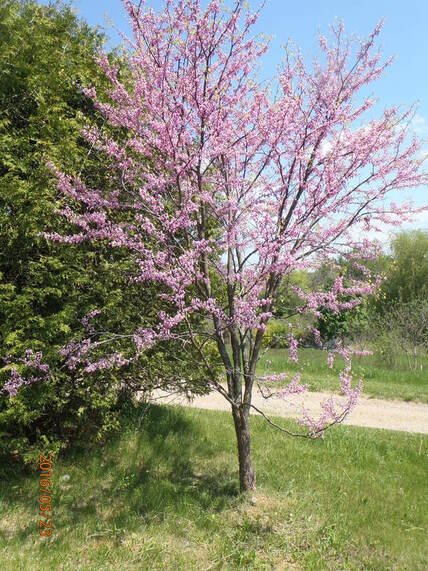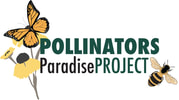Preserving and Enhancing the Genetic Diversity of Southern Ontario Plants with Puslinch Naturally Native Trees The Redbud tree is very beneficial to a wide range of pollinators. The Redbud tree is very beneficial to a wide range of pollinators. “I love the winter time,” Marion Robertson says to me, over the speakerphone. She’s got the kettle on and lets me know that her husband and business partner Richard, may be popping in and out of the conversation. They are owners of Puslinch Naturally Native Trees, a nursery plant stock supplier. Now that the snow is thick on the ground, it’s the ideal time to do inventory and plan for the spring. “I can research other classes of plants and trees and spend the next year sourcing them,” she says. Marion shares a little about the origins of the business. They began as beekeepers (and still are). Richard chimes in, “We started growing trees, shrubs and wildflowers because of the honeybees and also endangered pollinators. You start out looking at one aspect; originally it was asking ourselves how we could help.” With the best of intentions in mind, the couple purchased trees and shrub stock from local area nurseries. But what they discovered was that within a year, a good portion of these trees and shrubs had died. The lesson learned? “A Latin, botanical name only ensures you are getting that specific plant. It does not indicate the origin of the seed,” Marion says. Plants from locally collected seeds have a much higher survival rate than those plants imported from outside an area’s growth zone. “It was next to impossible to find Carolinian or native stock from seed collected in our area at our local nurseries. That’s why we started our nursery business.”
2 Comments
|
Archives
December 2023
Categories |
|
|
Butterflyway Hamilton: www.facebook.com/butterflywayhamilton/
Environment Hamilton: https://www.environmenthamilton.org/ Hamilton Naturalists' Club: https://hamiltonnature.org/ |

 RSS Feed
RSS Feed